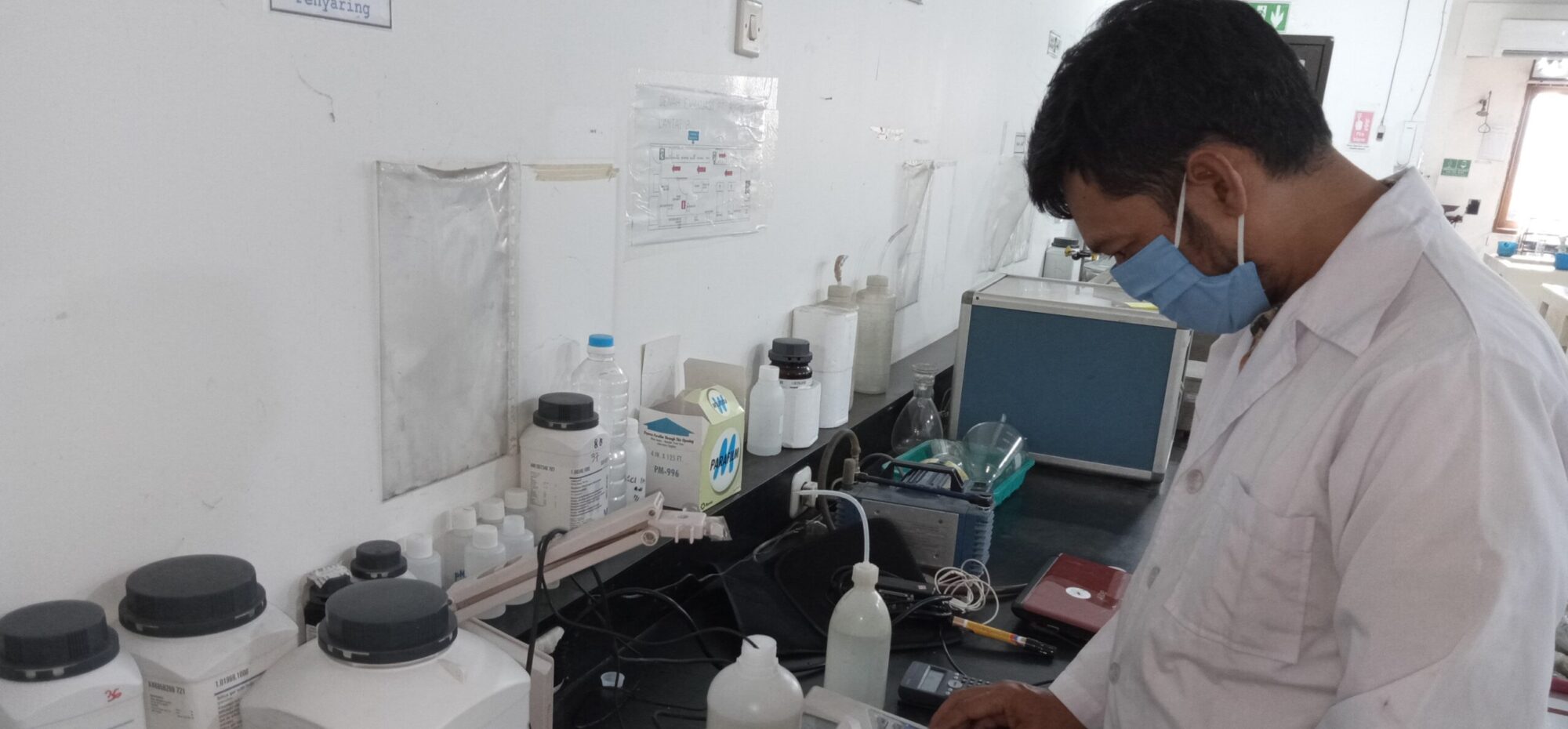Modelling net-zero emissions energy systems requires a change in approach
By S. Pye, O. Broad, C. Bataille, P. Brockway, H. E. Daly, R. Freeman, A. Gambhir, O. Geden, F. Rogan, S. Sanghvi, J. Tomei, I. Vorushylo & J. Watson
Read it here: bit.ly/ModellingNetZero
Energy modelling can assist national decision makers in determining strategies that achieve net-zero greenhouse gas (GHG) emissions. However, three key challenges for the modelling community are emerging under this radical climate target that needs to be recognized and addressed. A first challenge is the need to represent new mitigation options not currently represented in many energy models. We emphasize here the under representation of end-use sector demand-side options due to the traditional supply side focus of many energy models, along with issues surrounding robustness in deploying carbon dioxide removal (CDR) options. A second challenge concerns the types of models used. We highlight doubts about whether current models provide sufficient relevant insights on system feasibility, actor behaviour, and policy effectiveness. A third challenge concerns how models are applied for policy analyses. Priorities include the need for expanding scenario thinking to incorporate a wider range of uncertainty factors, providing insights on target setting, alignment with broader policy objectives, and improving engagement and transparency of approaches. There is a significant risk that without reconsidering energy modelling approaches, the role that the modelling community can play in providing effective decision support may be reduced. Such support is critical, as countries seek to develop new Nationally Determined Contributions and longer-term strategies over the next few years.
Key policy insights
Energy systems that reach net-zero greenhouse gas emissions will be radically different to those of today, necessitating a modelling analysis re-think.
On modelled options for mitigation, a range of demand-side measures are often absent resulting in a risk of over-reliance on carbon dioxide removal (CDR) and leading to concerns over robustness of corresponding pathways.
Regarding models for policy, there is significant scope for improvements, including the use of scenarios that help imagine the radical change that will be required, techniques for improving the robustness of emerging strategies, and better alignment with broader policy goals.
Read it here: bit.ly/ModellingNetZero
With best wishes,Miguel SaldiviaEditorial Assistant, Climate Policy Journal
miguel@climatepolicyjournal.orgwww.climatepolicy.com
@Climate_Policy
https://climatestrategies.wordpress.com/climate-policy-collections/
Climate Policy is a leading international peer-reviewed academic journal, publishing high quality research and analysis on all aspects of climate change policy, including adaptation and mitigation, governance and negotiations, policy design, implementation and impact, and the full range of economic, social and political issues at stake in responding to climate change. It provides a platform for new ideas, innovative approaches and research-based insights that can help advance climate policy in practice.

